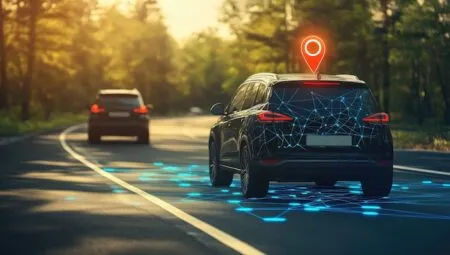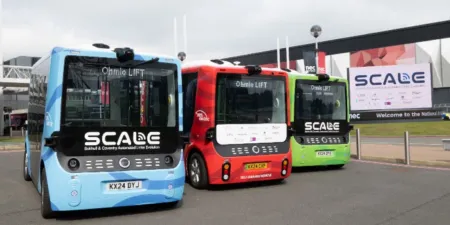UK-based driving simulation company, rFpro, has launched the world’s first commercially available platform to train and develop autonomous vehicles (AV) in simulation, with the system using a digital environment to accurately represent the real world, enabling auto makers to test their systems in every scenario imaginable.
The key to rFpro’s platform is the level of accuracy achieved replicating the real world in simulation. This enables the various sensors used for AVs to react naturally and therefore test results are completely representative. The company has been producing a library of real roads created through highly-precise scanning technology, which forms the basis of the simulation. As it is a digital platform, users have control of all the variables, such as traffic, pedestrians, weather and location, enabling them to test every eventuality.
rFpro’s HiDef models are built around a graphics engine that includes a physically modeled atmosphere, weather and lighting, as well as physically modeled materials for every object in the scene. The company has hundreds of miles public road models available off-the-shelf, spanning North America, Asia and Europe, including multi-lane highways, urban, rural, mountain routes, all copied faithfully from the real world.
The platform reduces the cost and time involved in developing AVs and provides a completely safe testing environment. The technology has been developed over the last three years and has already been adopted by two major vehicle manufactures and they are already carrying out more than two million miles of testing per month. The rFpro system is also being used by three autonomous car developers, and a driver-less motorsport series.
“Autonomous vehicles are the future, but debate is rising about whether these vehicles should be allowed on our roads, if not, how do we develop them?” said Chris Hoyle (right), rFpro’s technical director. “Our platform enables vehicle manufacturers to thoroughly test their technology and be absolutely confident in their systems before validation on real roads. The vehicle hardware, such as the cameras and sensors, are already approaching the level required to achieve a fully autonomous world, but it is the ‘brain’, the vehicle’s ability to make appropriate decisions, that needs to be further developed.”
“By using multiple computers 24/7, manufacturers can undertake millions of miles of testing every month using our platform,” Hoyle continued. “Humans can also be introduced into the simulation, controlling surrounding cars or pedestrians, so we can assess an autonomous vehicle’s decision making and also the interaction between the vehicle and the driver, but most importantly it is carried out in a safe environment. Further to this, it significantly reduces the cost and time required to develop these complex systems, bringing the vehicles to market sooner.”




